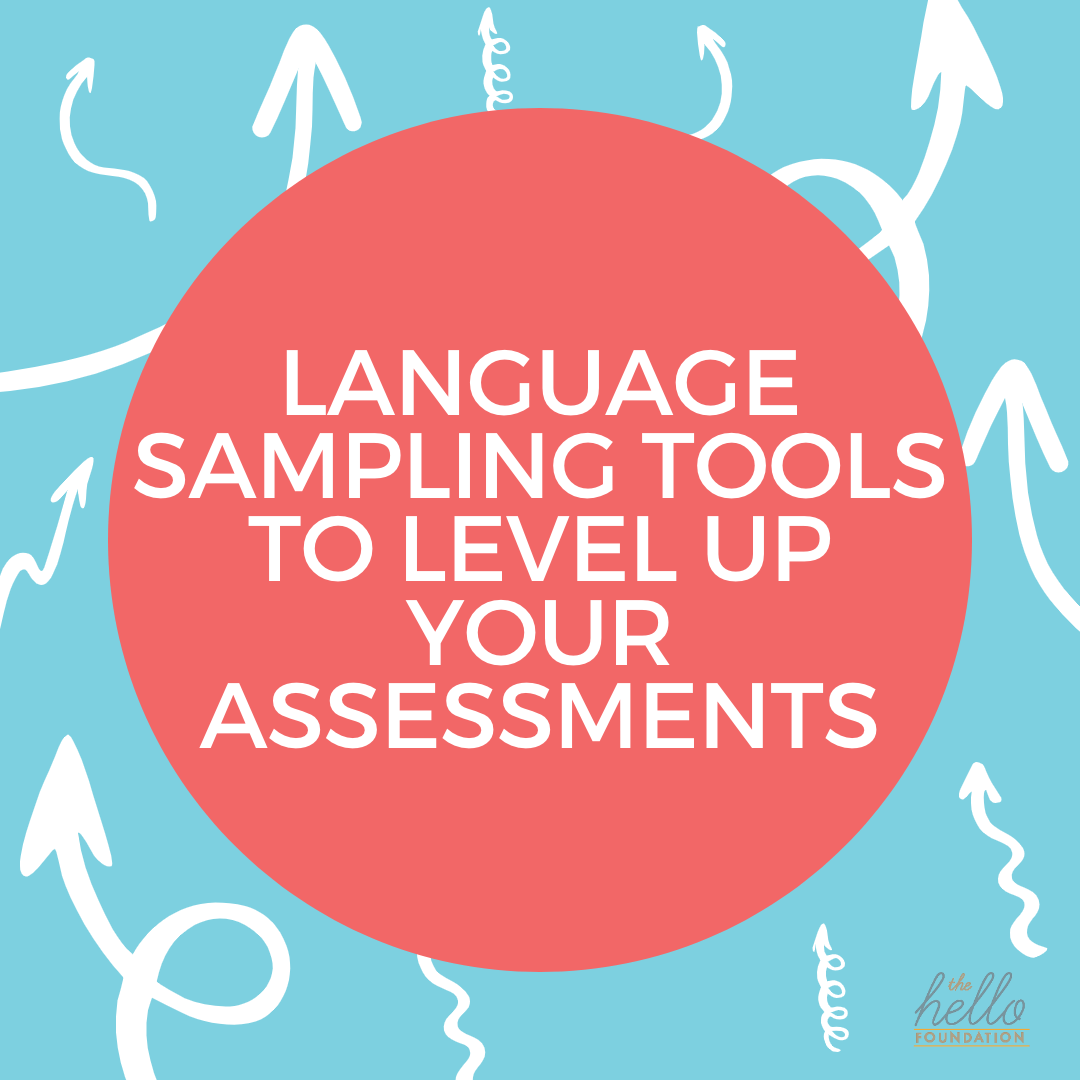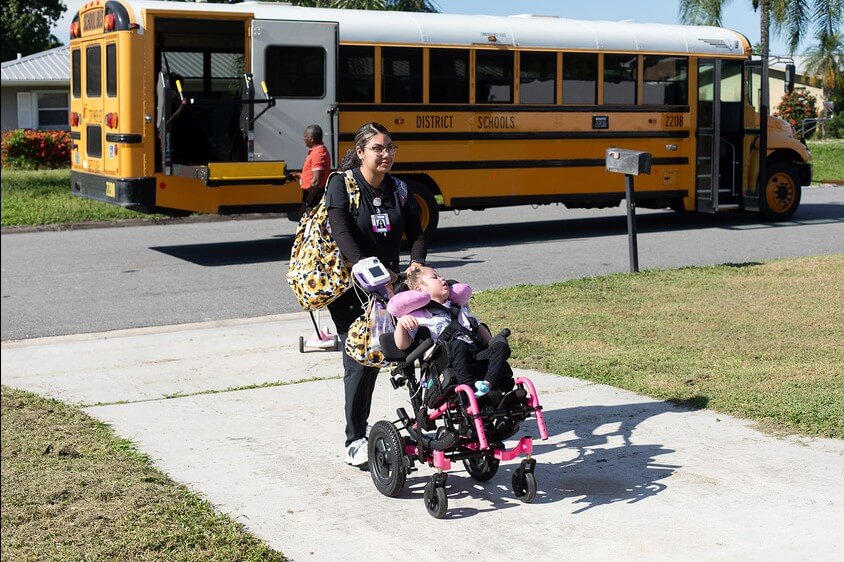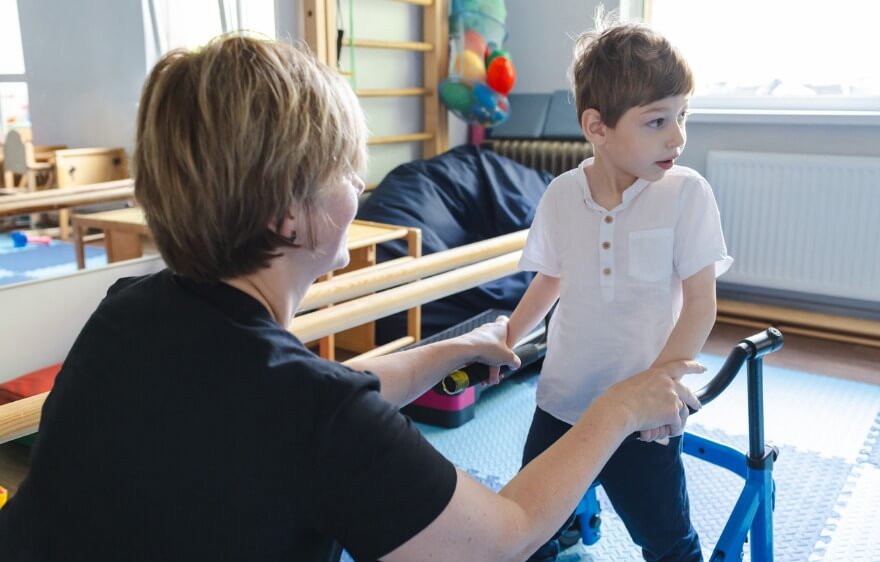Confession: I’m not great at language sampling. Language samples are a required part of our state criteria to determine eligibility for a language disorder, but I often find I’m pressed for time and don’t have the capacity to think through a proper language sample analysis. It got me thinking – Why do we use language samples? Does it change how we qualify or treat a student? What are the best language sampling tools available today? I took those questions to our recent SLP Group Share, and we had a fantastic discussion on the topic.
We all agreed that language sample analysis is the one assessment tool that is specialized for a student. It can solidify our findings and give us valuable information about narrative skills, as well as how students express themselves in everyday conversations. More importantly, given the increasingly questionable validity of standardized language tests, especially for English Language Learners, language sampling can give critical information that might otherwise be missed.
5 Language Sampling Tools to Level Up Your Assessments
Our clinicians agreed that wordless storybooks are the favorite resource for eliciting a language sample, as well as retelling a favorite movie or how to play a game. For more structured tools, here are some favorite language sample assessments that were shared by the group:
1. School-Age Language Assessment Cards
The Leaders Project at Columbia University created School-Age Language Assessment (SLAM) cards, which can be accessed for free. These sets of language elicitation cards and questions can be used to assess language for preschool through high school-aged children. The cards elicit an evidence-based language sample that can be analyzed using their Guidelines for Analysis. They are also available for free in Boom cards.
2. SALT Software
SALT software, which many of us may remember from grad school, is a comprehensive program that transcribes language samples and produces numerous reports containing more than 50 measures of syntax, morphology, semantics, discourse, and verbal facility. There are no free versions available, but individual licenses can be purchased.
3. Sampling Utterance and Grammatical Analysis Revised
Sampling Utterances and Grammatical Analysis Revised (SUGAR) is a free resource that provides video training modules, sub-analysis forms, norms, handouts, and intervention materials to collect, transcribe, and analyze a 50-utterance child language sample in approximately 20 minutes. Within another 20 minutes, you can identify possible intervention targets. Intervention resources are also available. The norms for this resource go up to 7 years.
4. The Monitoring Indicators of Scholarly Language
The Monitoring Indicators of Scholarly Language (MISL; Gillam et al., 2017) rubric is a progress-monitoring tool that has been designed to track children’s development of oral narrative skills over time and is based on discourse theory. Their rubric can be downloaded for free at this link.
5. The Narrative Assessment Protocol
The Narrative Assessment Protocol (NAP) provides a series of four wordless picture books that were developed specifically for this project to elicit narratives from children. It includes administration directions and training videos, as well as a scoring form. A registration fee is required to access the NAP.
Looking for more discussion on language sample analysis? Check out ASHA’s publication on the Myths and Realities of Language Sample Analysis, as well as their research article on Language Sampling With Adolescents: Building a Normative Database With Fables. You can also read ASHA’s tutorial on Beyond Scores: Using Converging Evidence to Determine Speech and Language Services Eligibility for Dual Language Learners. I’m so thankful to all of the clinicians who attended our Group Share and offered their expertise on the topic!






